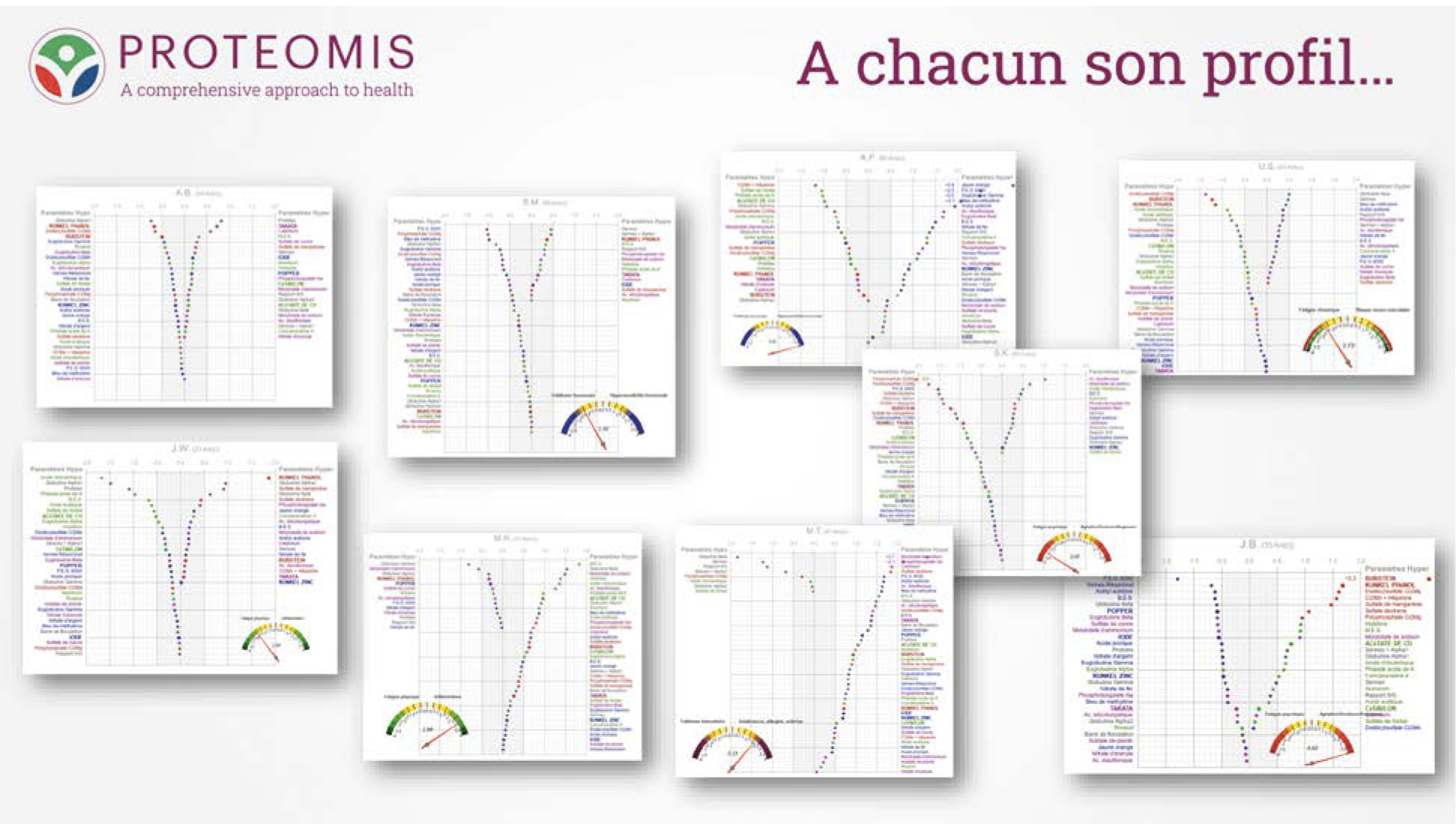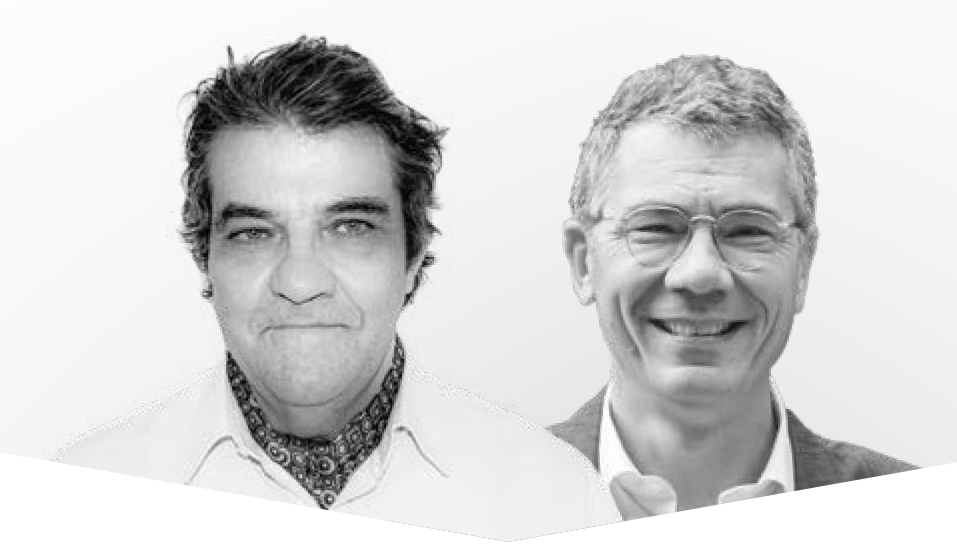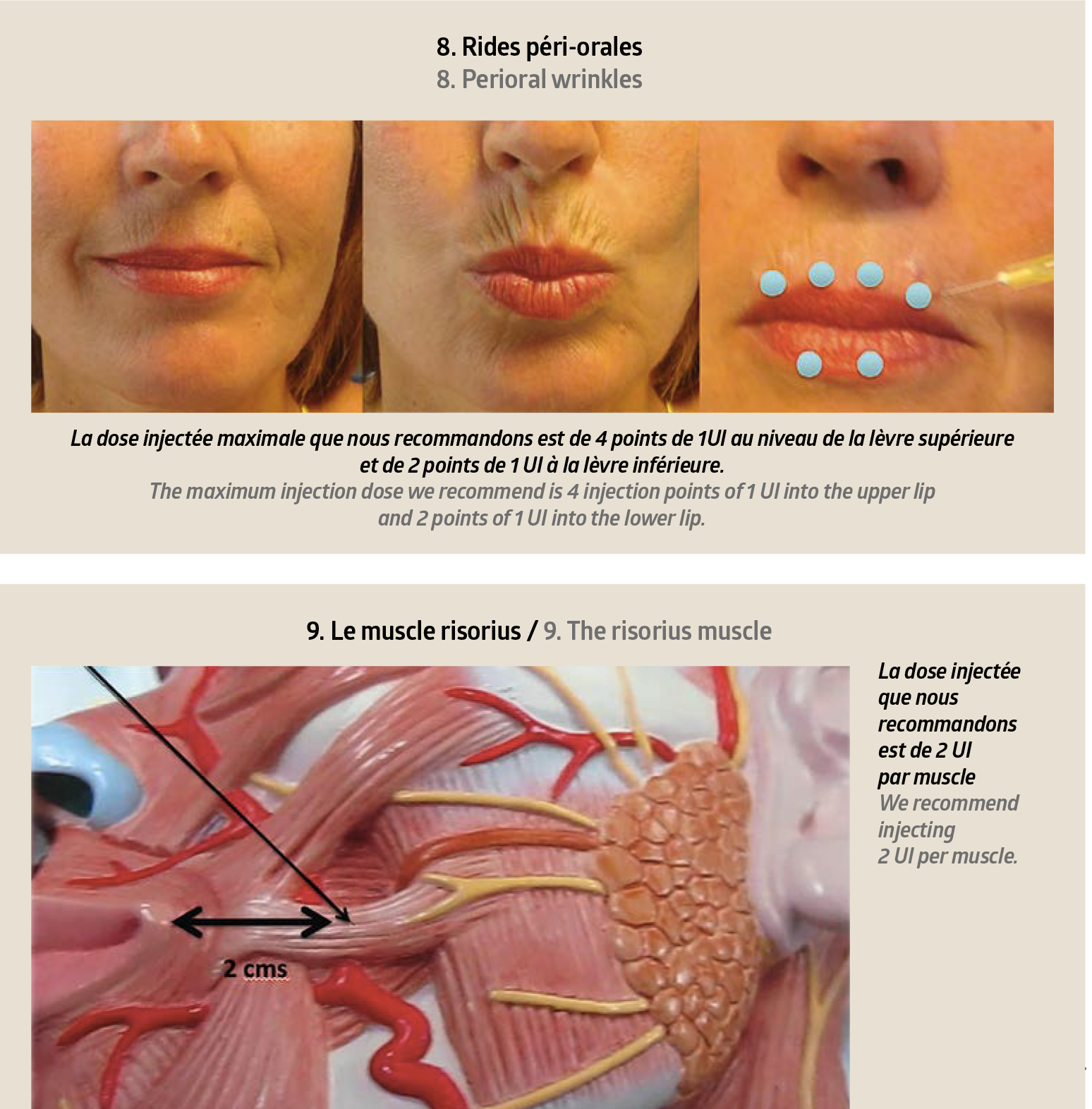By the Doctor Jean-François Bezot et Alain Reymond
Functional proteomics analysis: understanding and deciphering our biological signature with a simple blood test.

Proteins act like our body’s biological memory, kind of like a “black box”. Human proteins are dynamic motors whose dysfunctions reveal illnesses. A veritable molecular language, they show what the damage says and the illnesses that might potentially be caused by our biological conflicts.
By deciphering this proteomic memory, we can recognise any traces that past attacks have left on our health and which might lead to new health problems and, what is more, might indicate any illnesses that are present or to come. Their totem makes up the proteome.
The most innovative part of this – the production and analysis of massive data – should allow for the “appearance of logical representations of living things produced by the biology of systems that are translated into ontologies (computerised representations of living things) which can be used to describe the molecules involved in a biological function and to formalise complex interaction hierarchies.” Kourilsky (2014, March).
To respond to the bioanalysis requirements, reduce complexity and offer an accessible tool in P4 medicine©, we suggest a formal V-shaped representation as a description mechanism for living things. Cross-checking the data brings facts to light and therefore allows us to make predictions based on static observations that highlight trends.
This overall approach to health allows us to draw up personalised, predictive and preventive biological profiles designed to optimise physical fitness, manage bad stress and avoid useless and harmful physical, physiological and psychological suffering. The graph represents the biological characteristics of the individual from the moment of their physiological origin and throughout their pathological evolution.

We can thus cover a wide spectrum of reasons that a patient might see a doctor as an outpatient.
We can access a process of participative medicine via a simple blood test. This gives the patient the opportunity to make informed decisions and to be responsible for their own health/ wellbeing capital. They take responsibility for their own lifestyle choices. Keeping an eye on our internal environment is an aspect that should never be disregarded in anti-aging P4 medi- cine©. – 2. Pricewaterhouse Coopers (2009).
We see that the question of protein withdrawal is essential, as it is by adopting a three-dimensional shape that the proteins acquire their functions. It is their shape that makes these “workers” into tools and a molecular language.
AI is currently revolutionising several fields. But this is a spectacular advance; being able to calculate evolutions without any restraints could change the face of medicine.
The Alphafold 2 computer programme, designed by Deepmind (owned by Google), can determine the 3D structure of a protein in a few hours’ calculation instead of several years. We are close to 100% resolution for the most complex structures.
We are colloids, proteins in an aqueous solution. A cross between mineral and organic: life.
The genome provides vital information, whereas proteins, thanks to their 3D structure, carry the information required to get the job done. They are the cells’ molecular workers. We are currently opening the door to a brand-new field of biology: finding out the 3D structure of all proteins, designing new ones, including customised antibiotics or medicines, better understanding and treating certain illnesses caused by inadequate protein withdrawal, such as Alzheimer’s or type 2 diabetes, and also tackling senescence. These are the keys to longevity.
The proteome is a reflection of the regulating system between the different cells and the different organs. It is specific to each person, a memory of our human condition, and by understanding it we can shine a light on the accidents that mark our lives. The proteome serum is the meeting point between the influence that genetics and the environment have on the human body (viruses, bacteria and parasites) as well as diet and therapies, not forgetting cosmic and telluric radiation. – 3. J.F. Bézot (2015, March).
This new paradigm for a different kind of medicine is part of a rapidly-growing concept, P4 medicine©, the famous brand of anti-aging medicine (Personalised Predictive, Preventive and, most importantly, Participatory).
The overall approach to the notion of health and wellbeing is deeply ecological because it ties in with the Hippocratic tradition, which states that health is a balance between environmental influences, lifestyle and the components of human nature. The sign of an important convergence, this medicine will be disruptive because it must be participatory. The patient is an enlightened actor in their own health/wellbeing capital throughout their lifetime.
AI is a field of computing that tries to simulate or copy the way human reasoning works to model and analyse situations. This discipline calls upon various techniques such as logical rules, decision trees and mathematical equations. Deep learning – a branch of machine learning, automatic learning, that is based on the neurone networks – is a very relevant discipline at the moment. Reinforcement learning, meanwhile, is improved through trial and error and the accumulation of experience. Doctors are faced with a growing mass of data that goes beyond what they are able to analyse: medical analyses, medical history, imaging, lifestyle habits… AI therefore provides valuable assistance. The best-known use is the analysis of medical imagery. Computer programmes can analyse thousands of images without bias or getting tired.
By combining protein modelling with multi-reactive protein-solvation techniques – the V-shaped curve – and individual data, we can prevent illnesses or detect asymptomatic cases. AI allows us to search quickly through similar or identical clinical charts. Longitudinal monitoring becomes an essential component of this prevention: by carrying out regular checks, we introduce dynamic notions. Each person can see if they are staying on or straying from their optimal personal trajectory.
Equipped with these tools, doctors can put in place personalised preventative care, which is often non-medicinal: nutrition, orthomolecular, lifestyle changes, etc.

Références bibliographiques
1. Kourilsky, P. (2014, mars). Rapport Santé et bien-être. Ministère de l’Education Nationale, de l’Enseignement Supérieur et de la Recherche, Stratégie Nationale de Recherche
2. Pricewaterhouse Coopers (2009). The new science of personalized medecine : translating the promise into practice.
3. Bézot, J.F. (2015, mars). Quels examens biologiques demander en Médecine Anti-Age ? La protéomique en question. Journal de médecine esthétique et de chirurgie dermatologique. Vol. XXXXII, n°165 31-44.
 Doctor Jean-François Bezot
Doctor Jean-François Bezot
Medical biologist. Pharmaceutical doctor, Paris. Pharmaceutical Faculty. Former house pharmacist in the Paris Hospitals. Has specialised in anti-aging biology and functional proteomics since 1988.
Vice-president of the French Society of Anti-Aging Medicine. International conference speaker.
Alain Reymond.
Engineer in Applied Mathematics and Computing. MAS in Computing. Qualified in biostatics. CEO of Proteomis.
More information on biopredix.com/fr/












